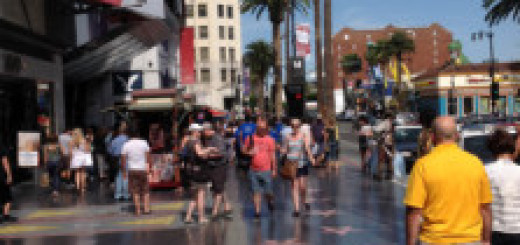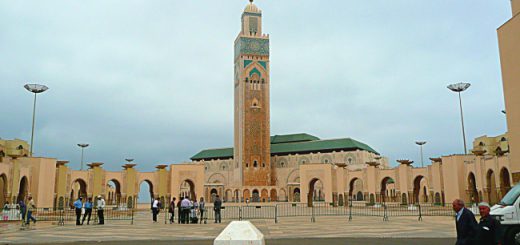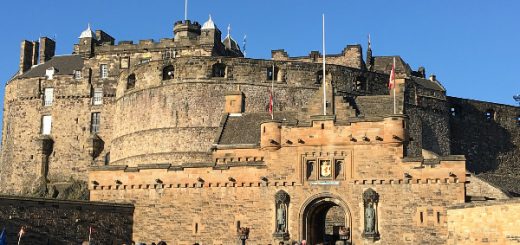Segovia in a Day
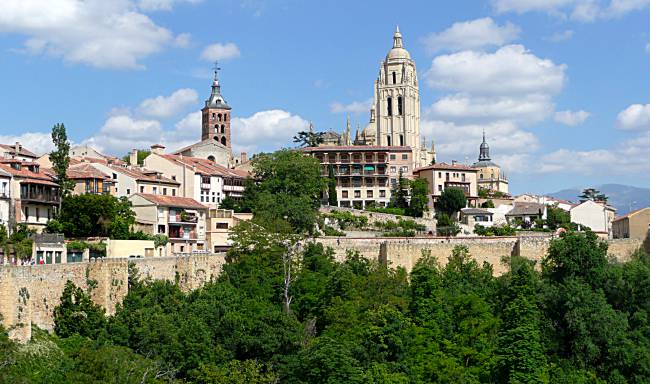
Finding myself alone in Madrid with a free day, I decided to do some sightseeing further abroad. The walled city of Segovia is only about 90km to the north, so it was the obvious choice. The AVE high-speed train leaves from Chamartin station and costs only about 10 euros, and you are there in about half an hour. Although this leaves you at a station in the middle of nowhere, buses are timed to connect with the trains and take you to the plaza right beside the aqueduct.
Inhabited in the pre-Roman era, the city was built on a rocky hill between two rivers, over 1000 metres above sea level. The city prospered due to its textile and wool trade, leaving a legacy of fine buildings such as its Romanesque churches, palaces and fortress.
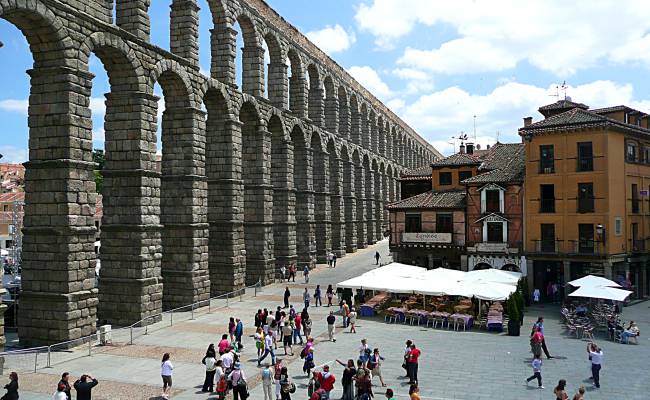
Segovia’s most famous landmark is the Roman Aqueduct. Together with the historic quarter within the walls, this structure, over two thousand years old, is a World Heritage site. It was built to collect and carry water from the mountains to the city and fortress, covering about five kilometres with two sections travelling underground. The elevated section consists of about 25,000 granite blocks held together without any mortar, and spans 818 metres with more than 170 arches, reaching a maximum height of 28metres.
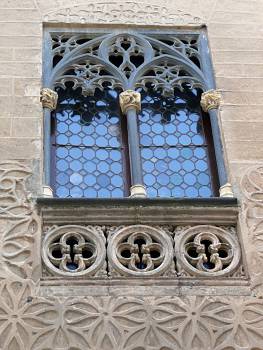
Leaving the aqueduct, it is a popular tourist walk to head along the Calle Réal, which is actually a succession of variously named streets and squares, which leads to the Plaza Mayor, the Cathedral and ultimately to the Alcázar. Along the way you will see many buildings decorated with beautiful Moorish plaster ornamentation like filigree carvings. It is thought that this esgrafiado gave its name to graffiti as a wall decoration!
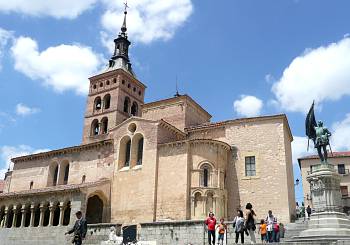
Standing on one side of the Medina del Campo square in the heart of town is the Iglesia de San Martín. Built in the 12th century under the rule of the moors, it displays a Mudéjar style tower, while the remainder of the architecture is Romanesque in style. To the right is a statue of the 16th century rebel Juan Bravo. Behind is the Plaza de San Martín, the centre of the arts precinct.
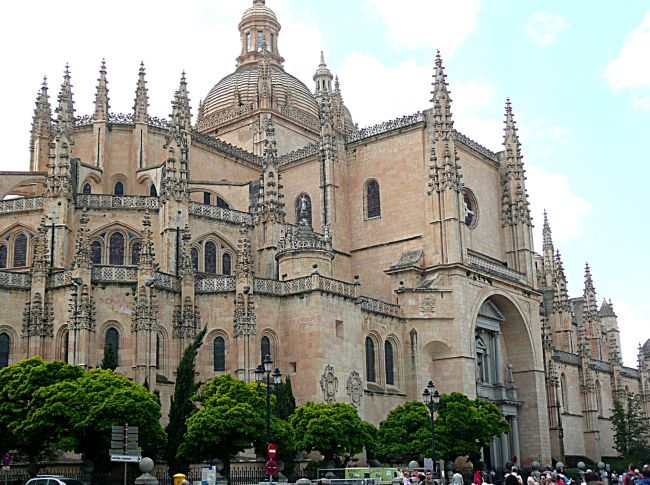
The most imposing church in the city is massive Segovia Cathedral (Catedral de Santa María de Segovia) which was built between 1525-1577 and was the last Gothic cathedral to be built in Spain. It stands on the highest point of the town on one side of the Plaza Mayor and was constructed after fire destroyed the original cathedral in 1520.

The Plaza Mayor is the hub of the city. Apart from the Cathedral, it is also lined by an assortment of buildings and arcades, which contain the town hall, a theatre, the main tourist office and many cafes, with an iron bandstand at its centre. One one side is the Iglesia de San Miguel. It was near here that Isabella I was proclaimed Queen of Castile.
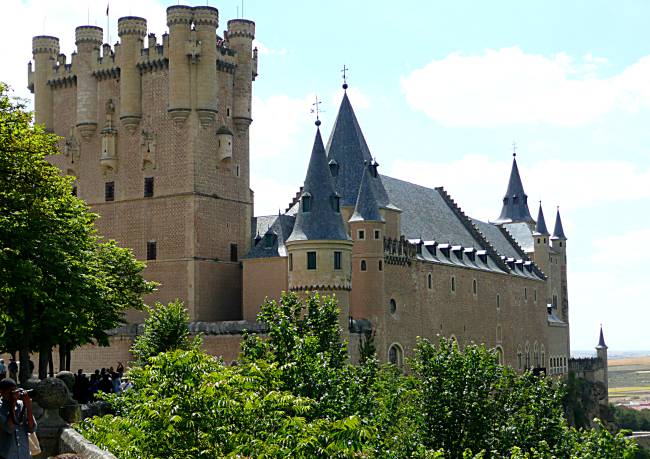

The other major tourist drawcard for the city is the Alcázar. Built as a palace or fortress above the junction of two rivers, it appears like a ship floating above the countryside. It is thought by some to have inspired the Disneyland castle. It has also served as a state prison, a Royal Artillery College and a military academy since then. It is currently used as a museum and a military archives building. If you are keen to see medieval armor and weaponry this is the place to go.
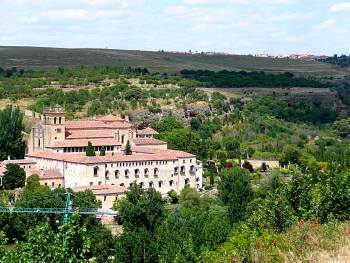
From the walls there, it is possible to see panoramic views of the countryside, including a view of the Monastery of Santa María del Parral, founded in 1454.
Segovia has a lot to see and and a day is certainly not enough. No time to relax in a restaurant and sample the famed cochinillo asado (roast suckling pig), unfortunately. Just enough time to buy some souvenir ceramics, a piece of jewellery – a llamador de ángeles – and lick an icecream as I wandered around the city, before heading back to the bus stop. And that is where my trouble free plans came unstuck. The bus, when it finally arrived, was due to do a circuit of the city before returning to the station – which would mean I would miss my train. A group of like-minded tourists and I jumped into a taxi and took off at haste to the station, only to find the train was just departing and there wouldn’t be another that night! Luckily there are two trains to Madrid – one fast, one slow. So back in the taxi to the other station for a slow trip home. Enough excitement for one day!
Related articles
- 6 Little Known Places To Visit In Spain (unfinishedman.com)
- Maribel’s Guide to Segovia (http://www.maribelsguides.com/mg_segovia.pdf)



